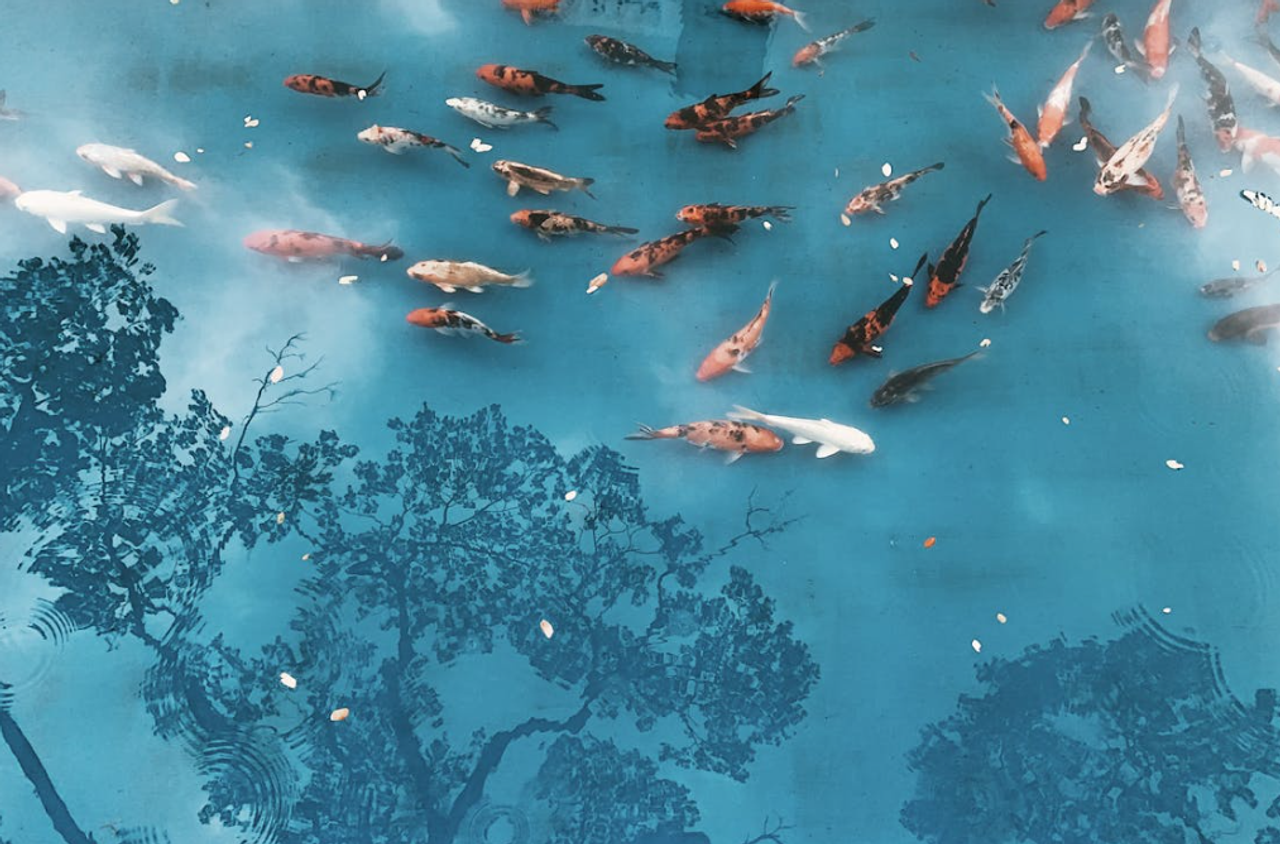
How to Choose the Right Pond Filter for Your Pond
Dec 12th 2025
A healthy pond is vital for the long-term health and success of your koi. Whether you're creating a new koi pond or caring for an existing water garden, selecting the right pond filter is one of the m …
read more
What to Look for in Young Koi Fish: Signs of Health, Agility, Markings, and Long-Term Value
Nov 24th 2025
Picking out a young koi isn’t just about spotting the flashiest fish in the tank. It’s about laying the groundwork for a thriving, balanced pond. Whether you’re new to koi or adding …
read more
FFP’s Fish Health Team Attends the 2025 AAFV Conference
Nov 17th 2025
The Fitz’s Fish Ponds’ Fish Health Team experienced a change of pace from October 12-16, swimming over the GW Bridge to attend the 2025 American Association of Fish Veterinarians (AAFV) an …
read more
Fitz’s Fish Ponds Explores the Future of Live Selling — From Koi to House Plants and Aquascaping
Nov 13th 2025
Fitz’s Fish Ponds has always been a leader in bringing new ideas, products, and experiences to hobbyists across the country, and now, we’re taking that innovation to the digital stage. Liv …
read moreFitz’s Fish Ponds celebrates a milestone on Nagaoka’s biggest Nishikigoi stage. On October 26, 2025, an 88cm Kohaku exhibited by one of our customers was named Grand Champion at the 72nd N …
read moreConcerns arise when koi unexpectedly jump out of the pond. Although uncommon, koi jumping can be a sign of a problem in the pond. Owning a pond raises specific questions. One of the most common concer …
read more
How to Tell the Gender of a Koi Fish Like a Pro
Oct 29th 2025
Identifying the gender of koi fish might not be the top priority for pond owners. However, as koi mature and show different behaviors, understanding their gender becomes essential for their care and t …
read more
A Guide to the Best Koi Decorations
Oct 24th 2025
Creating and building a koi pond involves much more than just the fish. While they are the primary focus, you’ll want to create an environment that is enjoyable for the fish and peaceful for you …
read more
Celebrating Jenn Bujalski’s Success at IAPLC 2025
Oct 15th 2025
The world’s largest aquascaping contest—the International Aquatic Plants Layout Contest (IAPLC)—has announced its results. Among the thousands of entries, one name from the U.S. has …
read moreIn September 2025, YouTube influencer Luke of Luke’s Goldies embarked on a journey to Japan that would forever change his perspective on the world of fish—known to millions as the “g …
read more


